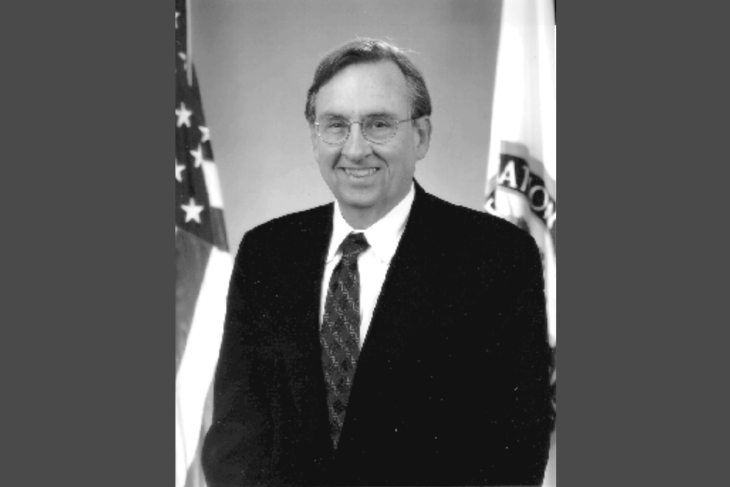Marshall S. (“Mike”) Smith passed away the other day at eighty-five after a long battle with cancer. He was a wonderful human being and deeply influential education thinker and leader, who will be much missed.
Mike and I earned our doctorates at the Harvard ed school the same year, but by then he was far enough along in measurement and statistics to participate fully in the “faculty seminar” that Pat Moynihan and Fred Mosteller organized to reanalyze the Coleman Report. (I was lucky to be an occasional observer.) He went on to author a highly sophisticated, eighty-page essay in the resulting volume that included this striking statement:
My inclination in the face of this evidence is to reconsider the function of schools in society. The strong relationship between the average scores of entering and graduating students suggests that the principal function of the schools is to serve as an allocation and selection agency rather than as an equalizing agency.
That book appeared a decade before A Nation at Risk and the onset of the modern education reform movement, but I think it’s fair to say that turning schools into “equalizing agencies” was a goal and precept that shaped the remainder of Mike’s multi-faceted career in education.
He was influential in many roles, both in government, in the academy, on the research front, in philanthropy, and more. He served, for example, as U.S. Undersecretary (and acting Deputy Secretary) of Education during most of the Clinton administration. He was dean of Stanford’s school of education from 1986 to 1993. He later directed the Hewlett Foundation’s education program for eight years. At one time or another, he did just about everything that counts in the upper precincts of American education. He also wrote voluminously, productively, and creatively—Mike and Jennifer O’Day essentially created the theory of “systemic school reform”—and served on any number of panels and commissions, on several of which I had the mixed pleasure of serving with him. Mixed because, while we got along fine and frequently agreed, we also sparred regularly over reform priorities. Mike worried more about “opportunity to learn” standards, while I was (and mostly still am) fixated on results-based accountability. I fussed more about choice, while he focused mostly on “the system.” But it was always with good humor and mutual respect.
Mike did more than most mortals, added more than most educators, and leaves a great legacy. Many will miss him, myself included. May he rest in peace.

